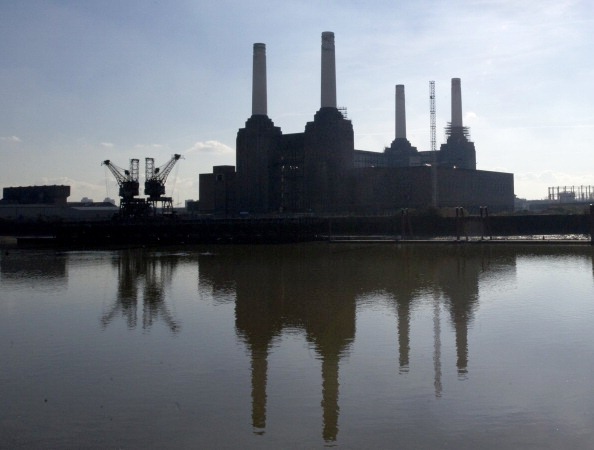By David Gold
June 7 – Chelsea’s hopes of moving into a new stadium in Battersea have been scuppered by two Malaysian property companies.
SP Setia Bhd and Sime Darby Bhd won the right to buy Battersea Power Station after a number of bidders, including the English Premier League club, put themselves forward to take over the iconic 39-acre site last month.
The Malaysian companies have signed an exclusive agreement with Alan Bloom and Alan Hudson of Ernst and Young, the site’s administrators, worth £400 million ($622 million/€495 million).
They plan to build a new underground station as part of their redevelopment of the site, which has been one of the most recognisable parts of London for the last 80 years.
Chelsea were hoping to build a new stadium while preserving the four iconic chimneys of the old power station.
The Champions League winners bid for the site with a view to building a new 60,000-seat stadium and moving from their current Stamford Bridge ground in Fulham Broadway.
The club are unable to develop their own ground further without support from the Chelsea Pitch Owners (CPO), a fan group who bought the stadium’s freehold in 1997.

Chelsea had submitted their bid jointly with property development company Almacantar, whose chief executive Mike Hussey was appointed by the club last year to investigate the possibility of moving to the venue.
Battersea Power Station has been empty for almost 20 years and has significant debts.
Chelsea’s plans for the area included the development of shops, housing and offices, as well as a contribution to the extension of the Northern Line in Battersea.
They are keen to move into a bigger stadium to enable them to increase match day revenues as they currently struggle to match the attendances and revenues brought in by Manchester United or Arsenal, who have stadiums that can seat 76,000 and 60,000 respectively, whereas Chelsea’s capacity is 42,000.
With UEFA’s new Financial Fair Play (FFP) rules having just come in, it is particularly important for Chelsea to increase revenues, as they have consistently posted significant losses in recent years.
Contact the writer of this story at zib.l1743977460labto1743977460ofdlr1743977460owedi1743977460sni@d1743977460log.d1743977460ivad1743977460
Related stories
May 2012: Chelsea bid for Battersea Power Station
November 2011: Chelsea explore viability of new stadium at Battersea Power Station
November 2011: John Barrow – Chelsea should remain at Stamford Bridge
November 2011: Chelsea have to find stadium solution if they are not to fall behind, admits chief executive
